How Black Art Came to Stay at Art Basel
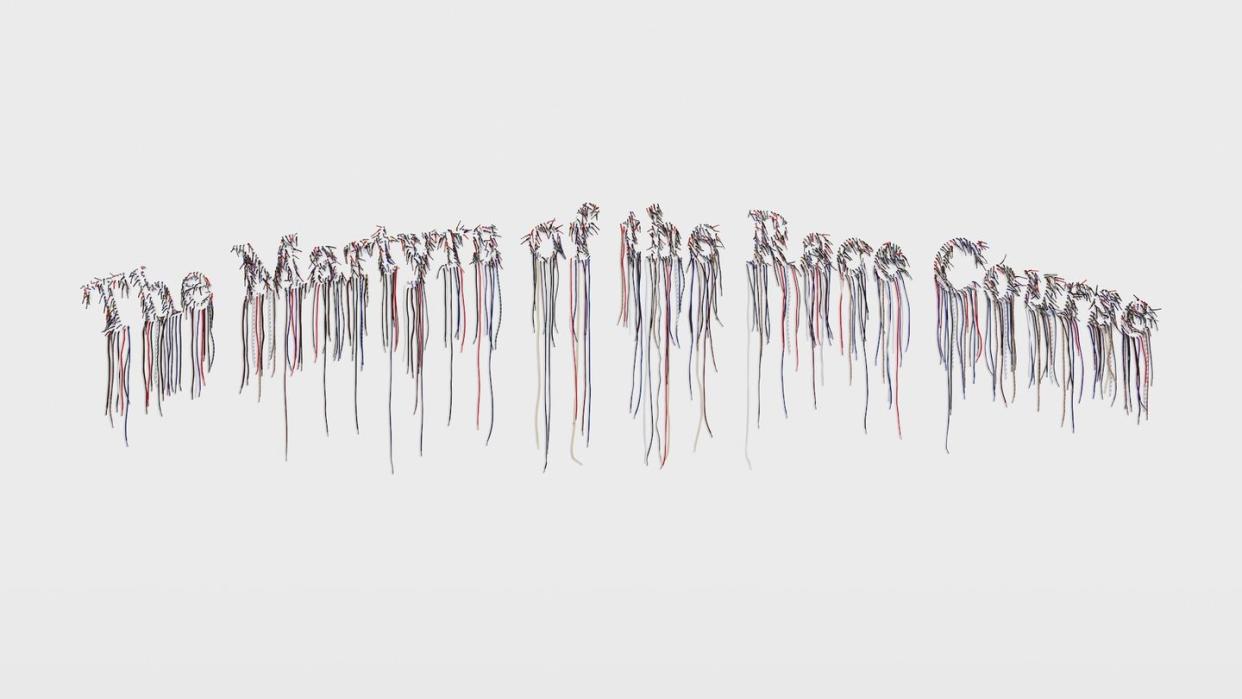
"Hearst Magazines and Yahoo may earn commission or revenue on some items through these links."
The global art crowd gathered this month in south Florida for Art Basel Miami Beach 2023—the annual fair as famous for its range of international exhibitors and debut talent as it is for pulling together a guest list to rival the Oscars. Featuring countless parties, dinners, concerts, and pop-ups hosted by fashion brands, tech and hospitality giants, and top chefs, the American edition of Basel and the accompanying Miami Art Week have constituted the city’s signature celebration for over two decades. For celebrities and influencers, the scene is a VIP playground where they can mingle with fellow stars and secure brand deals. But for artists, particularly artists of color, fairs like Art Basel are a crucial opportunity for their work to be seen.
Black artists, in the United States and internationally, have historically struggled to break into the art world, an industry that since its inception has been largely sustained by the wealthy, influential, and white. From 2008 through 2020—the year many art institutions and galleries pledged to increase the inclusivity of their collections, after that summer’s Black Lives Matter protests—only 2.2 percent of acquisitions and 6.3 percent of exhibitions at 31 U.S. museums were works produced by Black Americans, a 2022 report by Artnet found. Meanwhile, on the market, a majority of the Black art sold is by a few big names, like Jean-Michel Basquiat.
Promising steps toward change have been made over the past three years, with more Black artists taking up space in galleries and museums worldwide. In the United States, spending on pieces by Black American artists grew from $127.9 million in 2008 to $626.2 million in 2021; and at this year’s Art Basel, the Miami Beach Convention Center hosted works by some of the most exciting established and emerging contemporary Black artists. Among the fair’s 277 international galleries, a UBS Art Studio collaboration with Artnoir—a nonprofit global creative collective whose mission is to empower artists of color—stole the show with an immersive exhibit, “The Poetics of Dimensions.” Curator and Artnoir co-founder Larry Ossei-Mensah selected works by artists like Nigerian-American Anthony Akinbola, Sonia Gomes from Brazil, and Jamaican-American Nari Ward, all of whom use everyday materials like durags, shoelaces, and other textiles in their pieces.
“I think the proof is in the pudding, just looking at attendance in the fair,” the Ghanaian-American Ossei-Mensah says, asked about the progress made by artists of color. “We certainly have more work to do; there is no silver bullet. But it is incrementally growing, and a lot of artists are taking agency over their practice and the stories that they are telling. Galleries are hopefully beginning to understand that they have to be a partner and a steward of the artists that they collaborate with. That’s what makes this project so interesting.” He adds that none of the works in the UBS Art Studio were for sale, but were “all about conversation, dialogue, and education”—all of which are essential to making change stick.
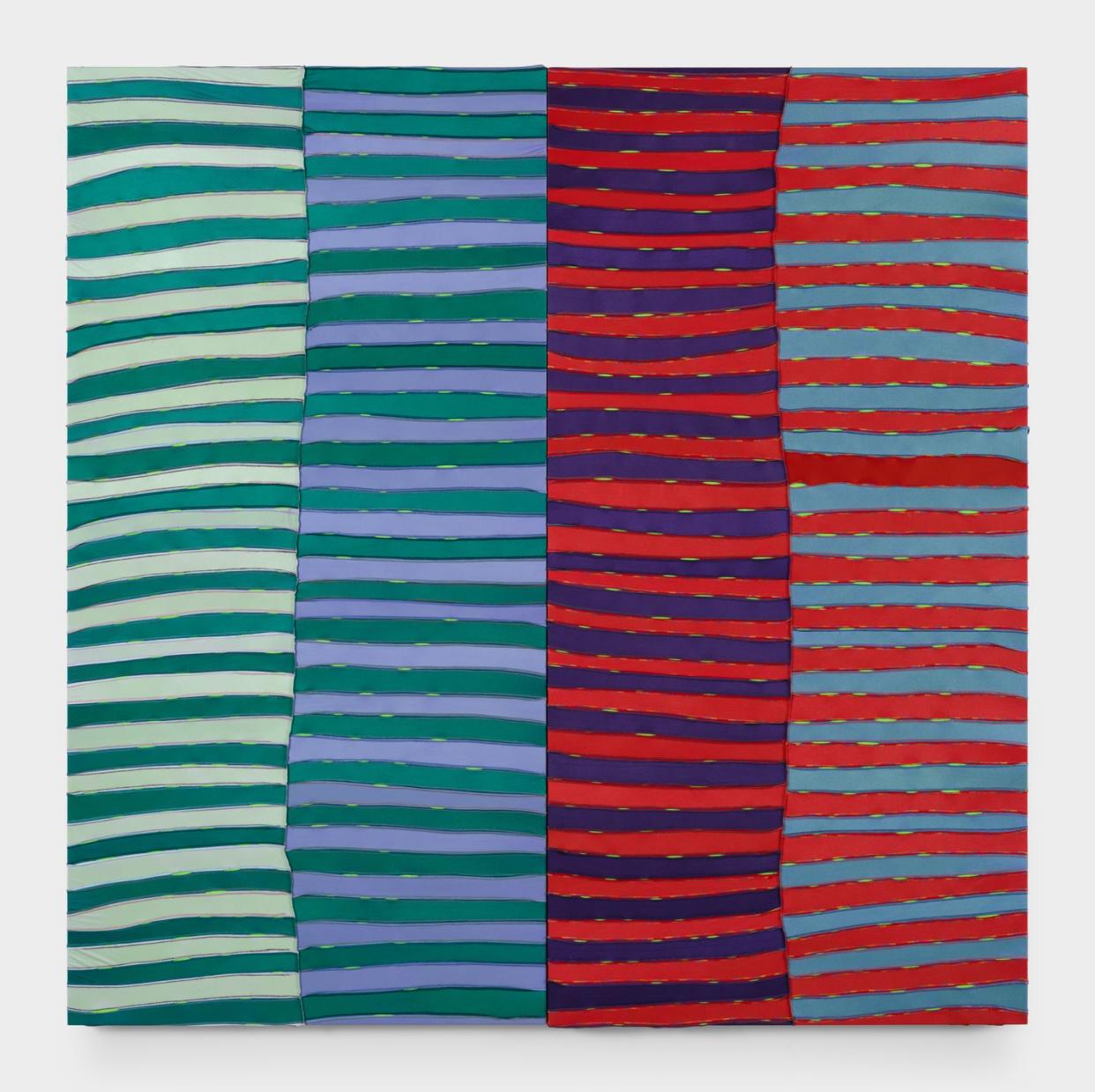
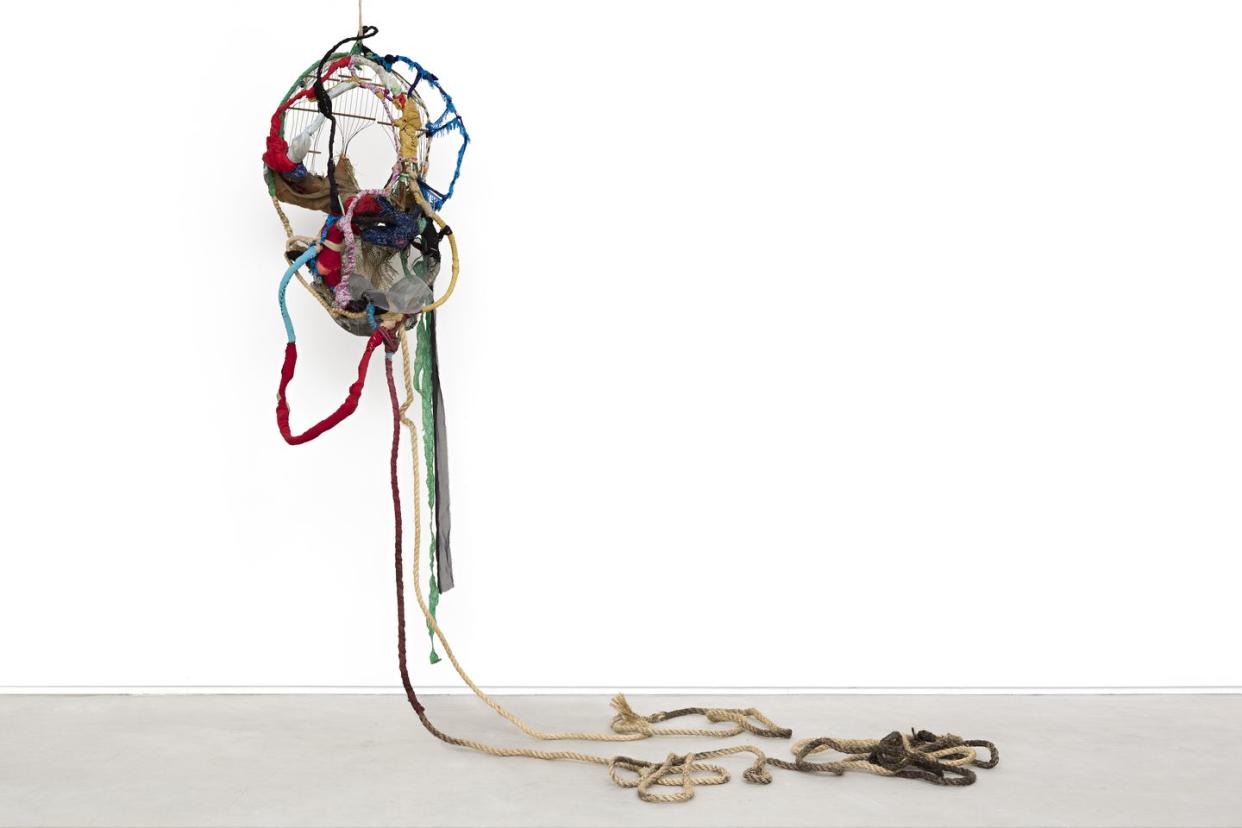
For Ossei-Mensah, amplifying African art—whether through the works of diaspora or local artists on the continent—is personal. “Centering those voices is a way for me to center myself as well; so much of art is about seeing parts of you, whether culturally, conceptually, or formally,” he says. “Art Basel is one of the top art fairs in the world, and I’ve seen a lot of artists and galleries from Africa presenting work to collectors, museums, and general audiences on this platform, which is exciting. Our art is not lesser than. It is equal to and in most cases even better, and that needs to be acknowledged.”
Acclaimed multidisciplinary artist Mickalene Thomas, renowned for her visual storytelling focused on the complexities of Black womanhood, from erotic beauty and femininity to identity, is another leading force for change within the art scene. “The current art landscape has been going through a significant upswing shift when it comes to recognizing the work of artists of color. Many opportunities are at a rapid speed for Black creatives who have been historically overlooked and marginalized,” she tells me, having just hosted the hottest Art Basel party, alongside musician and actor Janelle Monáe, at the Miami Beach Edition luxury hotel, moments after announcing her bell hooks–inspired touring exhibition with the Broad museum this spring, “Mickalene Thomas: All About Love.” “But we must recognize that this is just the beginning of a longer journey toward true representation and inclusivity—we still face systemic barriers, disparities, and biases. Some initiatives and new platforms dedicated to Black artists feel quite performative, reflected in one-off opportunities instead of a genuine, long-term commitment. That said, I am beyond grateful for the work done so far and confident that the platforms that we are creating are building strong foundations for the future.”
Likewise, Cuban-American visual artist and Miami native Reyna Noriega—who, like Thomas, dedicates her work to celebrating women of color—gives major art fairs credit for “diversifying their collections.” Having just partnered with Nautilus Sonesta Miami Beach to debut her first-ever full-scope multimedia and multidimensional artwork installation during Miami Art Week, she is optimistic about where art is going. “I have been privileged enough to see my friends open galleries and creative hubs, and I have seen Miami become a top location for artists and collectors, especially across diverse ethnicities,” Noriega says.
No matter the medium it is conveyed through, art has the power to shape narratives, evoke emotion, and dictate the ways we see the world—hence the need for a broad range of voices and varying depictions. For Jamaican-born artist Cosmo Whyte, whose work—which includes striking visual takes on colonialism through sports like cricket—was showcased at Anat Ebgi’s Art Basel booth last week, that means portraying intersections of race, nationalism, and displacement inspired by his own experience as an immigrant in the United States. He does so through drawings, sculptures, and photography. “As an immigrant, you’re mindful that this isn’t your country of origin,” he says. “My practice is inspired by the realities of being caught between two worlds and reconnecting my understanding of self and how that has changed in this new context and enviroment.”
Detroit-born African-American artist and writer Jibade-Khalil Huffman, whose work was also a part of Anat Ebgi’s Basel lineup, also values the importance of self-reckoning through art, particularly in explorations of race and visibility. His work weaves visual art and language with one another, much like that of his heroes Ed Ruscha and Barbara Kruger, and while he has enjoyed continued success in the industry and recognizes the progress, he’s not calling out for celebration just yet. “As someone with my foot in the door and a seat at the table, I think what’s happening is good, but I think it still privileges figurative painting, and that is somewhat problematic,” Huffman says. “We have to think about the larger picture and a more holistic change across the board, rather than just one way of working.”
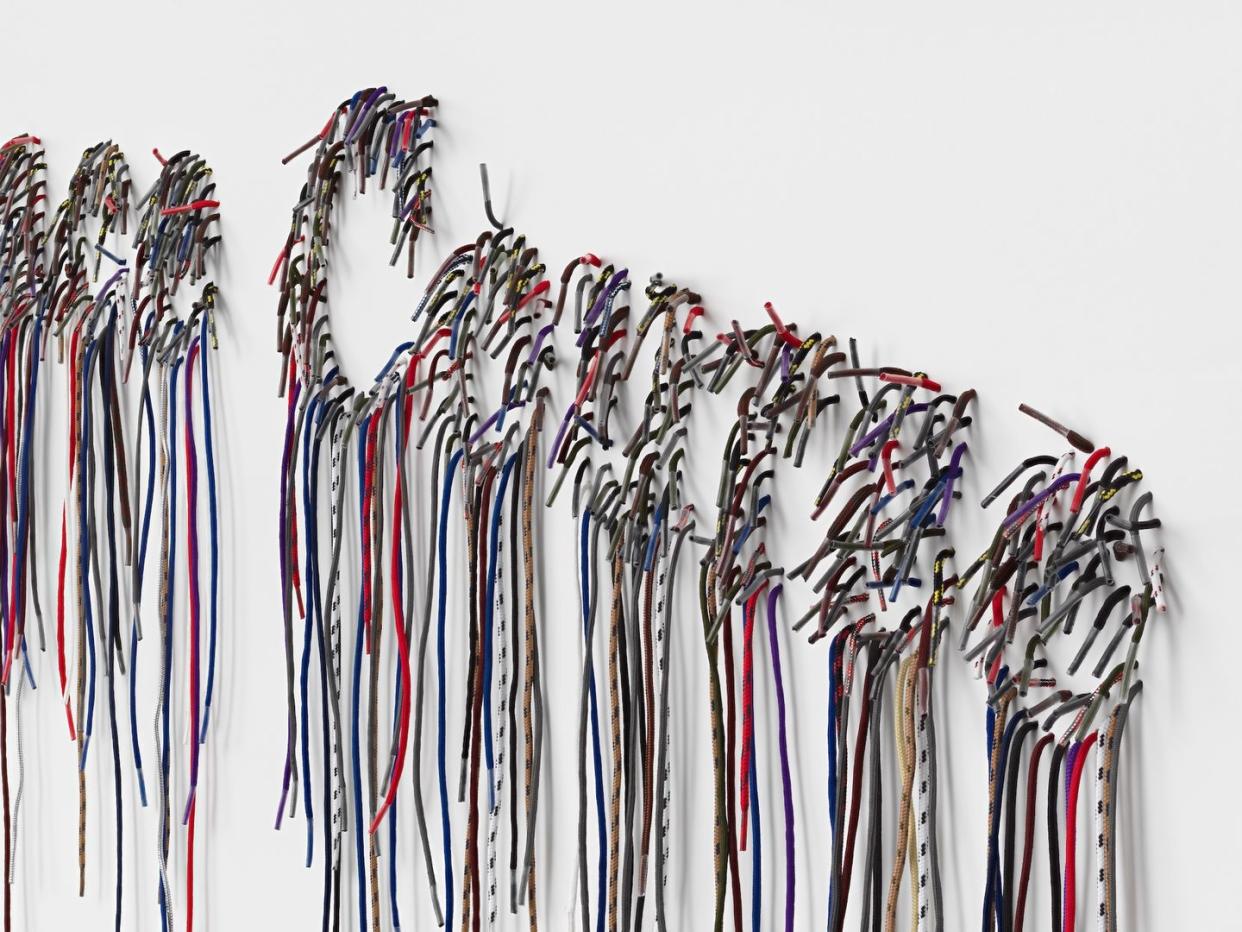
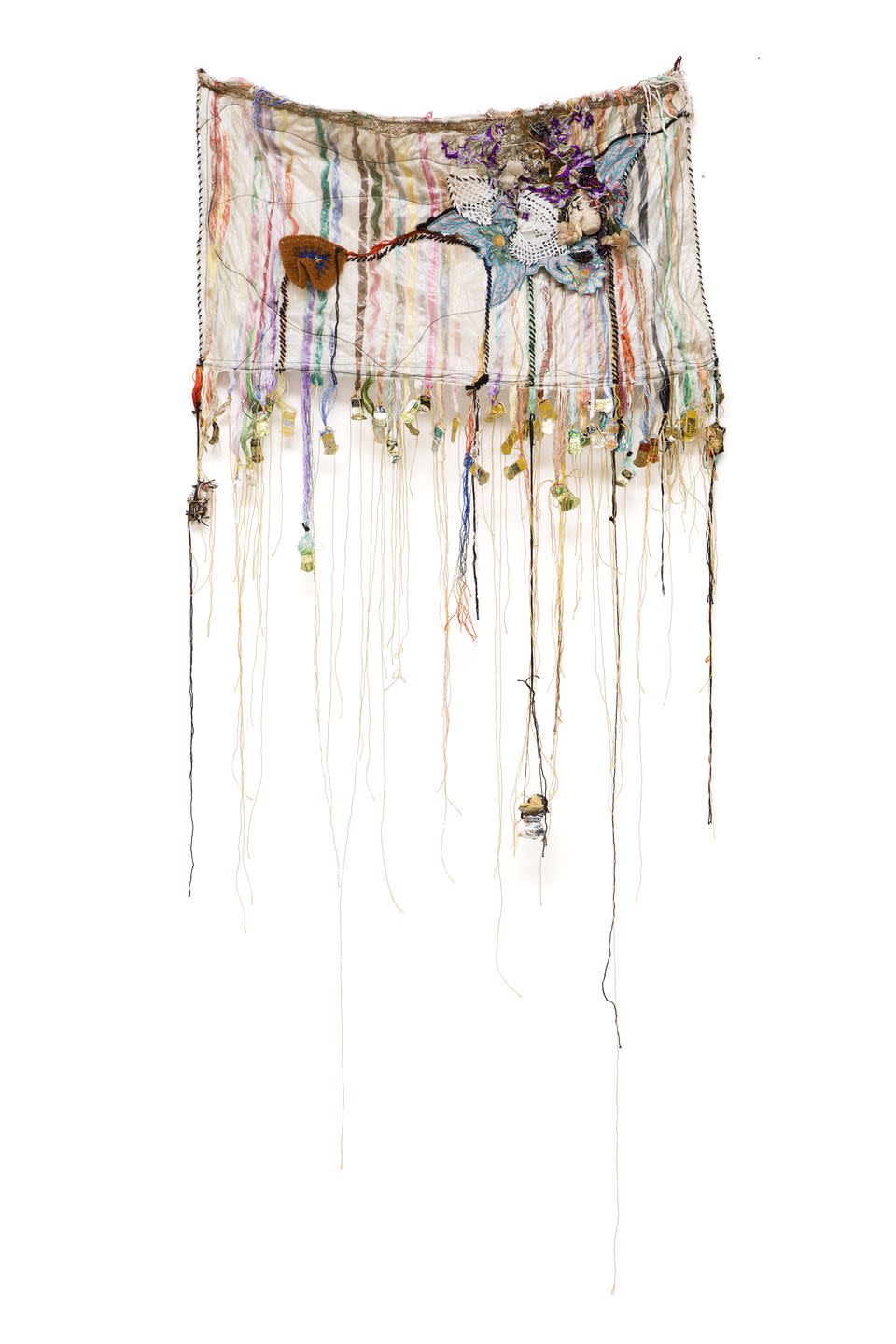
For artists who work outside of the realm of figurative painting, this often means finding space in other ways, like partnering with commercial brands. It’s clear that the growth in visibility for Black artists in traditional spaces like galleries and museums has had an impact, but so has investment from commercial brands like fashion houses, airlines, hotels, and tech companies. “The intersection of corporate sponsoring, branding, and collaborating with the art world, fashion, music, film, tech, design, hospitality, and more is the most exciting aspect of the current state of the art industry,” says Thomas, who has worked with brands from Dior to Google and, most recently, sustainable fashion marketplace Maison De Mode. “It sparks diverse and innovative conversations and a cross-pollination of ideas and creativity that goes far beyond the traditional art system. Blue-chip galleries, major art fairs, and bigger art institutions started to operate as global brands, attracting a broader audience rather than the niche pool of people they used to engage with.”
This merging of corporate and creative worlds is demonstrated through Delta Airlines’ surprise debut at Art Basel over the weekend with an open-air gallery curated by Arthur Lewis, partner and creative director at UTA Fine Arts, a talent agency that represents visual artists. Displayed at the UTA Artist Space, the exhibit showcased the work of six artists, handpicked by longtime collector Lewis, who is Black. “It’s incredible to see corporate brands and companies really going big in their support for art and artists, specifically artists of color,” he says. “Collaborations like this one—where Delta has invested in amplifying these emerging artists—expand the realms of art and where it exists. It’s beautiful.”
Targeting the young, creative, and on-the-go with affordable rooms, frequent parties, and a communal spirit, hotels like Citizen M have launched similar initiatives to support emerging talent, like Barbadian contemporary artist Akilah Watts, who was invited to Miami for Art Basel by the hotel, which also commissioned her to create a piece for Citizen M’s 2024 opening in South Beach, alongside four other artists selected following an open call. Meanwhile, luxury brands continue to tighten their long-standing ties with the art world by commissioning bespoke pieces for their spaces—Miami’s St. Regis Bal Harbour is a prime example. The beach resort is artistic by design, with metal sculptures hanging from the ceiling, tufted chairs and couches in the lobby and geometric, mirrored walls, all commissioned especially for the space by various artists. Most notably, the hotel has a partnership with the Opera Gallery, through which it displays exhibitions and artwork on a rotating basis, promoting an array of contemporary artists—the latest being the gallery’s Colombia-inspired exhibit, “Love Letter to Latin America.”
Ultimately, all of these collaborations are mutually beneficial: For artists, they offer a lucrative platform for exposure and a chance to expand the realms of their practice. Simultaneously, art elevates a brand’s value by adding depth and culture to its identity. For Black and brown artists, such brand deals have become a lifeline and a means to disrupt the traditional art landscape. “Cultural production is less compartmentalized than it used to be, allowing creatives to explore new territories, sometimes even outside the physical world as we are witnessing with the digital art era and AI,” Thomas says. “Artists are global citizens!”
As the 21st installment of Art Basel drew to a close, that very statement became clear: Artists are indeed global citizens, and the world in which they exist is finally starting to reflect that—though we’ve only just scratched the surface.
You Might Also Like
